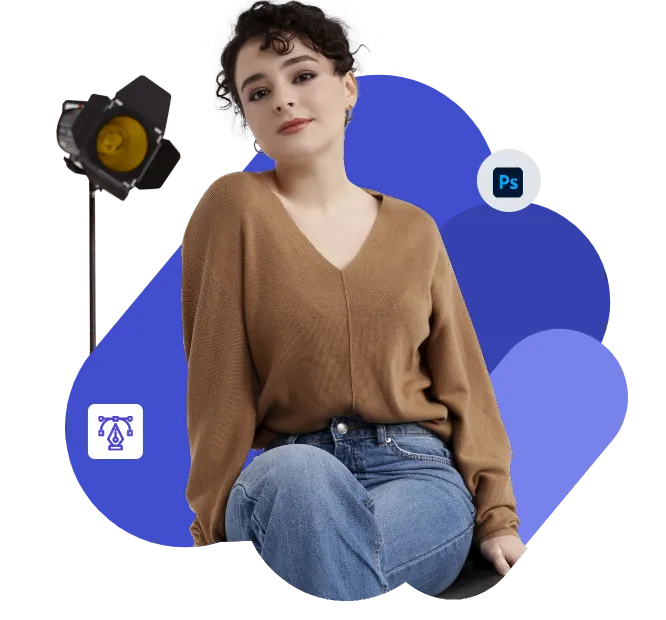An editorial or any street-style photography is usually featured in magazines, newspapers, personal blogs and other social media platforms, and the aim is to always show the full range of the emotions and stories that the clothes tell. In your street fashion spread, you must be able to capture the crowd’s life as it is. The idea of street style image retouching is not just about selling the product but also the mood and an aspiration for a lifestyle.
So, what does the workflow for street-style photography and editing look like?
A good street-style photography portfolio will include editorial work and showcase your collaborative and technical skills. It also shows knowledge of street style, which can be incredibly useful for roping in potential clients and building your clientele and reputation.
Group shots
The streets are all about the crowds. You can transform group shots of moving crowds into memorable pictures worthy of being a centerpiece on billboards. This involves learning how to create a cohesive atmosphere, balance exposure, brighten faces and ensure everyone looks their absolute best.
Isolating subjects
This is a subtle but hugely impactful skill. Isolating and identifying who your subjects are while editing the pictures makes sure that the people or the subject is distinguished from the background. You can achieve this by using the lasso tool to isolate the image of the passerby and subjects and then apply Gaussian blur to the background.
Skin tones
In certain lights, your skin can get washed out and make images appear boring. This is especially the case with street lights. By tinkering with the temperatures, saturation and contrast, CMYK color system, you can easily make the skin look flushed and more alive.
Bokehs
Lens blur is one of the most powerful tools for changing the feeling of your image altogether. A bokeh effect makes the pictures look far more romantic and in tune with the pulse of the street. You can select any shape for your lens blur effect and create a dreamy bokeh around the passerby and subjects.
B&W
Every street holds some nostalgia. Be it recreating an old photograph or a black and white photoshoot for that cinematic effect. Monochrome can tell a thousand stories and open up the image for greater imagination. The right editing software has several options for choosing the monochrome type, the correct color grade and the grain of the images.
Wrapping Up
That brings us to an end of some of the cool steps you can follow to take your street-style editorial photography skills to the next level. This is the process of taking your concept from a mere pitch to a billboard or front cover. With practice, these skills are bound to become second nature. Till then, keep on editing!

